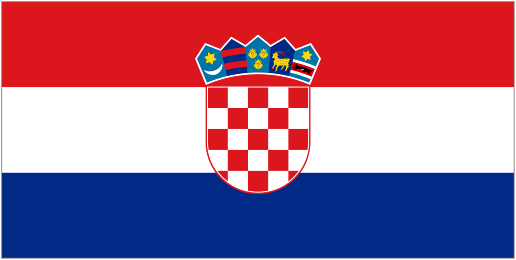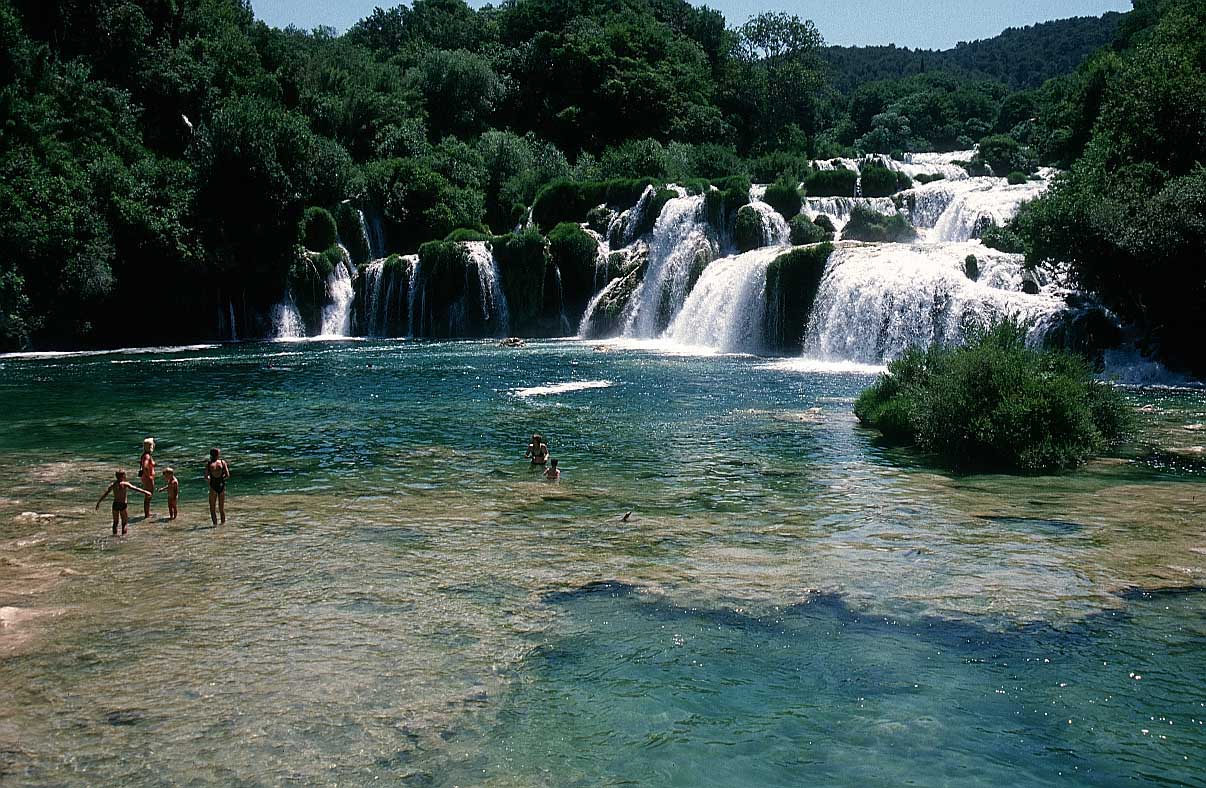

| Diving |
|---|
| Driving In Croatia |
| Advertise |
Information about Croatia and its history
People of Croatia
At the 1991 cencus, the total population of Croatia was 4,784,265; in 2001 the estimated figure was 4,334,142.During and after the war ethnic Serbs fled Croatia while ethnic Croats moved in. Although Croatia's population growth rate(births minus deaths) was negative in 1998, the population grew by almost 1½ % due to immigration. In 2001, life expentancy at birth was around 74 years and there was an average population density of 77 people per km². Most of Croatia's urban population is focused in and around 4 main cities. They are Zagreb, the capital of Croatia; Split, which is a sea port; Rijeka, which also is a sea port and Osijek, which is an industrial and agricultural centre.
Whilst the majority of Croatia's Serbs live in the built up, urban regions, around ¼ are scattered in villages, town and in the lightly populated parts of the central mountain region. Many of these Serbs are decendants of people that emigrated to the border areas of the Austrian empire between the 16th and 18th centuries following the conquest of Serbia and Bosnia by the Ottoman empire.
Arts, Culture and Music of Croatia
Historically, the regions that Croatia comprises of are not unified, as such the art's of the nation show a mix of both native and foreign influences. The Dalmatian coast was once connected with Italy and architectural masterpieces from the Roman period can still be seen in Dalmatia. For example, in the city of Split, you can still see the remains of the Roman emporer Diocletian's palace, whilst in Pula lie the remains of a Roman amphitheatre. In the south, the city of Dubrovnik is easily distinguishable by it's medieval fortifications and wall, a reminder that it once was an indepandant City/State. Croatian folk music has always been linked to the regions it is produced in, and the various styles can differ greatly.
Economy of Croatia
Before the 1991 dissolution of Yugoslavia, Croatia was the federations 2nd most prosperous and industrialised republic, only after Solvenia, with the per capita output around 1/3 above the Yugoslav average.Although for aroud 50 years up until 1990 Croatia was a one party communist government, enterprises were free to make their own investments, pricing structure and to compete with one another whilst still being under state control. Before the war in 1991 aroung 2/3 of Croatia's land was cultivated with sugar beats and wheat being among the principal agricultural products.
In the eatern province of Slavonia, there are valuable deposits of oil and natural gas, which are sufficient to meet Croatia's domestic needs, whilst leave a surplus which is available for export. Other natural resources are numerous rivers which have the potential to supply hydroelectric power and ample forests which form the basis of the wood and pulp industry. Croatia's most valuable source of forign income, tourism, is mainly due to the country's beautiful coastline, and numerous islands which constantly attract holidaymakers.